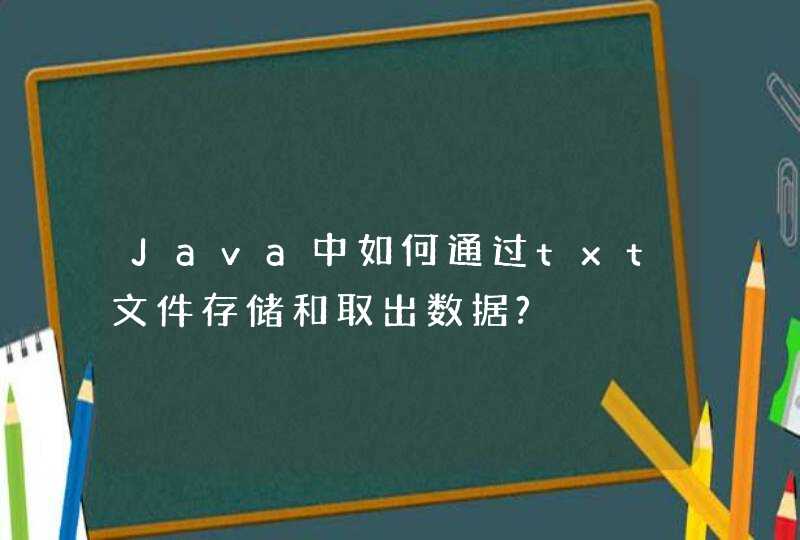
@(Python入门)
[TOC]
quit raises the SystemExit exception behind the scenes.
Furthermore, if you print it, it will give a message:
This functionality was included to help people who do not know Python. After all, one of the most likely things a newbie will try to exit Python is typing in quit .
Nevertheless, quit should not be used in production code. This is because it only works if the site module is loaded. Instead, this function should only be used in the interpreter.
exit is an alias for quit (or vice-versa). They exist together simply to make Python more user-friendly.
Furthermore, it too gives a message when printed:
However, like quit , exit is considered bad to use in production code and should be reserved for use in the interpreter. This is because it too relies on the site module.
sys.exit raises the SystemExit exception in the background. This means that it is the same as quit and exit in that respect.
Unlike those two however, sys.exit is considered good to use in production code. This is because the sys module will always be there.
os._exit exits the program without calling cleanup handlers, flushing stdio buffers, etc . Thus, it is not a standard way to exit and should only be used in special cases. The most common of these is in the child process(es) created by os.fork .
Ctrl+Z is a qucik-operation of exit and quit , which means Ctrl+Z is the same with them.
use
to exit, so u don't need to import sys first.
The site module (which is imported automatically during startup, except if the -S command-line option is given) adds several constants to the built-in namespace. They are useful for the interactive interpreter shell and should not be used in programs.
Objects that when printed, print a message like “Use quit() or Ctrl-D (i.e. EOF, end of file) to exit”, and when called, raise SystemExit with the specified exit code.
Exit from Python. This is implemented by raising the SystemExit exception, so cleanup actions specified by finally clauses of try statements are honored, and it is possible to intercept the exit attempt at an outer level.
The optional argument arg can be an integer giving the exit status (defaulting to zero), or another type of object. If it is an integer, zero is considered “successful termination” and any nonzero value is considered “abnormal termination(结局)” by shells and the like. Most systems require it to be in the range 0–127, and produce undefined results otherwise. Some systems have a convention for assigning specific meanings to specific exit codes, but these are generally underdevelopedUnix programs generally use 2 for command line syntax errors and 1 for all other kind of errors. If another type of object is passed, None is equivalent to passing zero, and any other object is printed to stderr and results in an exit code of 1. In particular, sys.exit ( "some error message" ) is a quick way to exit a program when an error occurs.
Since exit() ultimately “only” raises an exception, it will only exit the process when called from the main thread, and the exception is not intercepted.
Changed in version 3.6: If an error occurs in the cleanup after the Python interpreter has caught SystemExit (such as an error flushing buffered data in the standard streams), the exit status is changed to 120.
https://stackoverflow.com/questions/19747371/python-exit-commands-why-so-many-and-when-should-each-be-used
https://docs.python.org/3/library/constants.html#quit
https://docs.python.org/3/library/sys.html#sys.exit
http://grokbase.com/t/python/python-list/042qh9j55e/gripe-use-ctrl-d-i-e-eof-to-exit
可以使用一个标志变量来控制程序的启动和结束。首先,在主程序中设置一个标志变量,例如 running,用于指示程序是否处于运行状态。在程序开始时,running 应设置为 False。
然后,在每次循环中检查 running 的值。如果 running 为 True,则执行 auto() 函数;如果 running 为 False,则等待用户输入命令。
当用户输入 qd 命令时,将 running 设置为 True,并执行 auto() 函数。当用户输入 tz 命令时,将 running 设置为 False,并执行 reset() 函数。
示例代码如下:
running
running = False
while True:
cmd = input("请输入命令:")
if cmd == 'qd':
running = True
elif cmd == 'tz':
running = False
if running:
auto()
else:
reset()
在这段代码中,我们使用了一个 while 循环来不断接收用户的命令。在每次循环中,我们会读入用户的命令,并根据命令的不同设置 running 的值。如果 running 为 True,则执行 auto() 函数;如果 running 为 False,则执行 reset() 函数。
这样,用户就可以随时输入 tz 命令来停止程序,也可以输入 qd 命令来重新启动程序。
希望这些信息能够帮助您。















































![关于[JS] forEach循环return无法跳出的踩坑和解决方案](/aiimages/%E5%85%B3%E4%BA%8E%5BJS%5D+forEach%E5%BE%AA%E7%8E%AFreturn%E6%97%A0%E6%B3%95%E8%B7%B3%E5%87%BA%E7%9A%84%E8%B8%A9%E5%9D%91%E5%92%8C%E8%A7%A3%E5%86%B3%E6%96%B9%E6%A1%88.png)





















